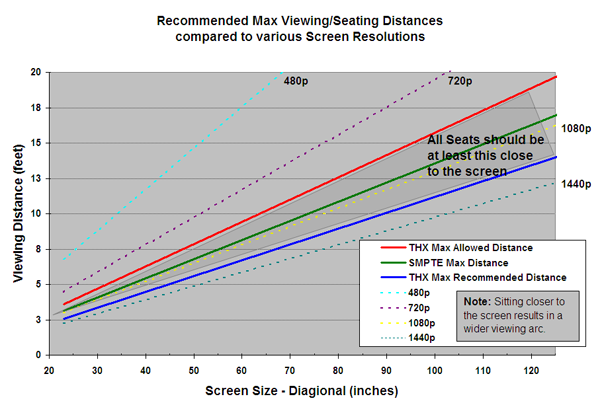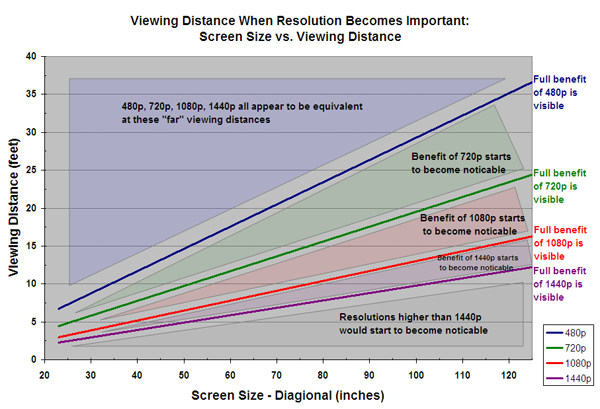- Products
- Rackmount LCD Keyboard
- Rackmount LCD Monitors
- Industrial LCD Displays
- Broadcasting LCD
- Kiosks
- Open Frame Touch Monitors
- Chassis/Wall Mount LCD
- Panel Mount LCD
- Flush Mount LCD
- LCD Stainless Steel Monitor
- NEMA 4X (IP65) Displays PC
- NEMA 4X (IP65/IP66) Displays
- NEMA 6X (IP67) Displays
- SunLight Readable LCD
- All-Weather Outdoor LCD
- Panel PC (5.6"-43")
- All in One PC
- Touch Screen Display
- Rugged Industrial LCD/PC
- Digital Signage LCD
- LED Signage Display
- Military Rugged LCD
- Marine Rugged LCD
- Tablet Rugged PC
- Medical LCD Display
- Medical Panel PC
- Industrial Embedded Computer
- LCD Wall/Ceiling Mounts
- Micro Environment Monitoring System
- Industries
- Support
- Knowledge Base
- Technical Support
- Sales
- Frequently Asked Questions (FAQ)
- Video Gallery
- iTech Products Article
- Product Catalog
- Quick Download
- AUO Panel
- AVP Rackmount Series
- BCH and BCPC Series
- BHK Series
- BMPC Drivers
- CCH/CCPC/COP/CPM Series
- DigiView/ DKP series
- DCH/DVM/DCP Series Guides
- DHK series
- DMM Series
- DOD Series
- EIRMT IR touch Drivers
- ELD
- E series Intel Industrial Motherboard Mini-ITX
- EOP/ECH/EPM Series
- FD Series
- GOP/GCH/GSK Series
- KPC/KSP/KCH Series
- Netview Accessories
- Nmil Series
- OE Series
- PNPC Series
- QPC Series
- SCH series
- Touchscreen System
- VCPC/VDPC/VMPC/VPC Series
- WRD/WPM/WMRM Series
- YCH/YPM/YOP series
- Contact Us
- Inquiry
- News
- About Us
- Testimonial
1080p Does Matter – Here's When (Screen Size vs. Viewing Distance vs. Resolution)
I've read various articles debating the importance of the 1080p. I want to set the record straight once and for all: if you are serious about properly setting up your viewing room, you will definitely benefit from 1080p (and even 1440p.) Why? Because the 1080p resolution is the first to deliver enough detail to your eyeball when you are seated at the proper distance from the screen. But don't just take my word for it: read on for the proof.
There are a few obvious factors to being able to detect resolution differences: the resolution of the screen, the size of the screen, and the viewing distance. To be able to detect differences between resolutions, the screen must be large enough and you must sit close enough. So the question becomes "How do I know if need a higher resolution or not?". Here is your answer.
Based on the resolving ability of the human eye (with 20/20 vision it is possible to resolve 1/60th of a degree of an arc), it is possible to estimate when the differences between resolutions will become apparent. (Click the picture below for a larger version.)

What the chart shows is that, for a 50-inch screen, the benefits of 720p vs. 480p start to become apparent at viewing distances closer than 14.6 feet and become fully apparent at 9.8 feet. For the same screen size, the benefits of 1080p vs. 720p start to become apparent when closer than 9.8 feet and become full apparent at 6.5 feet. In my opinion, 6.5 feet is closer than most people will sit to their 50" plasma TV (even through the THX recommended viewing distance for a 50" screen is 5.6 ft). So, most consumers will not be able to see the full benefit of their 1080p TV.
However, front projectors and rear projection displays are a different story. They make it very easy to obtain large screen sizes. Plus, LCD and Plasma displays are constantly getting larger and less expensive. In my home, for example, I have a 123-inch screen and a projector with a 1280×720 resolution. For a 123-inch screen, the benefits of 720p vs. 480p starts to become apparent at viewing distances closer than 36 feet (14 feet behind my back wall) and become fully apparent at 24 feet (2 feet behind my back wall). For the same screen size, the benefits of 1080p vs. 720p start to become apparent when closer than 24 feet and become full apparent at 16 feet (just between the first and second row of seating in my theater). This means that people in the back row of my home theater would see some improvement if I purchased a 1080p projector and that people in the front row would notice a drastic improvement.
So, how close should you be sitting to your TV? Obviously, you need to look at your room and see what makes sense for how you will be using it. If you have a dedicated viewing room and can place seating anywhere you want, you can use this chart as a guideline.

Looking at this chart, it is apparent that 1080p is the lowest resolution to fall within the recommended seating distance range. Any resolution less than 1080p is not detailed enough if you are sitting the proper distance from the screen. For me and many people with large projection screens, 1080p is the minimum resolution you'd want.
In fact, you could probably even benefit from 1440p. If you haven't heard of 1440p, you will. It is part of the HDMI 1.3 spec, along with 48-bit color depth, and will probably surface for the public in 2009 or so. The resolution benefits will be fully apparent if you are just a little closer. I've read of plans for resolutions reaching 2160p but I don't see any benefit; you'd have to sit too darn close to the screen to notice any improvement. If you sit too close, you can't see the far edges of the screen.
In conclusion: If you are a videophile with a properly setup viewing room, you should definitely be able to notice the resolution enhancement that 1080p brings. However, if you are an average consumer with a plasma on the far wall of your family room, you are not likely to be sitting close enough to notice any advantage. Also, the most important aspects of picture quality are (in order): 1) contrast ratio, 2) color saturation, 3) color accuracy, 4) resolution. Resolution is 4th on the list and plasma is generally superior to LCD in all of the other areas (but much more prone to reflections/glare.) So pick your display size, then measure your seating distance, and then use the charts above to figure out if you would benefit from the larger screen size.


